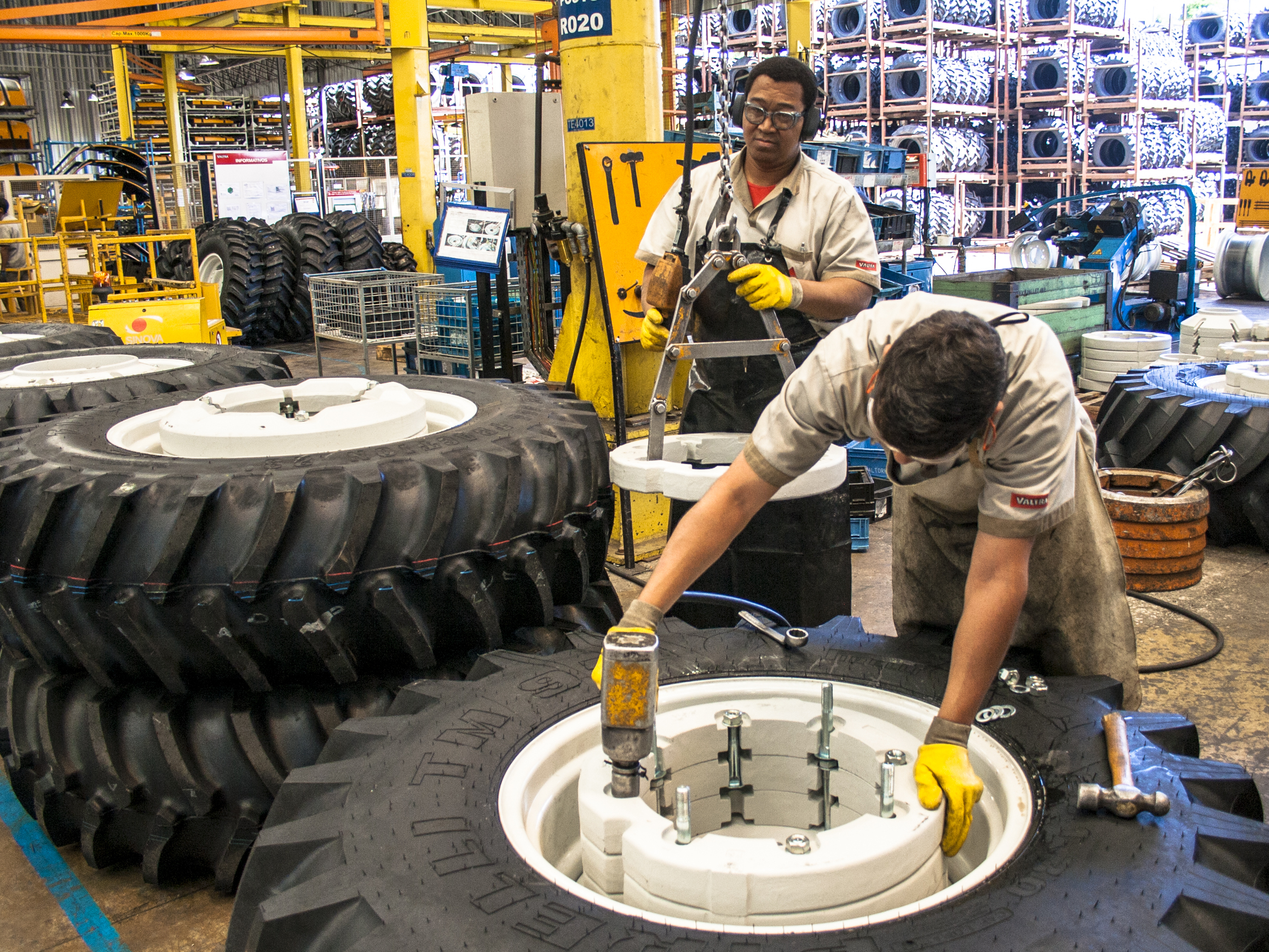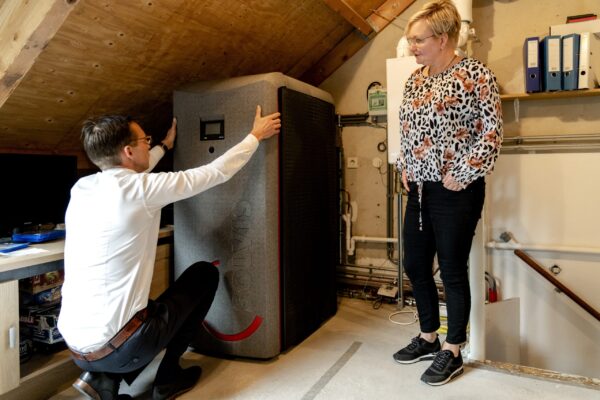- Using data from the Bureau of Labor Statistics, we found 20 male-dominated industries with steep declines in employment between 2013 and 2018.
- Several mining and manufacturing industries, which traditionally have employed more men than women, have been shedding jobs in recent years.
- Visit Business Insider’s homepage for more stories.
From coal mining to steel mills, major industries that traditionally have employed men are disappearing in the US.
Using data from the Bureau of Labor Statistics, we found 20 male-dominated industries that have seen steep declines in employment over the last several years. Specifically, we compared employment levels in 2018, the most recent year for which data is available, with levels in 2013, five years earlier, across those industries with the highest shares of male workers in 2018.
Read more: This map shows how vulnerable every state is to a robot takeover
Several traditionally male-dominated industries like coal mining, electronics repair, and tire manufacturing are near the top of the list.
Here are 20 male-dominated industries that are losing jobs, ranked by their percent decline in employment between 2013 and 2018:
T19. Construction, mining, and oil and gas extraction machinery manufacturing had a 1% decline in employment between 2013 and 2018. 86.1% of workers in the industry in 2018 were men.

Number employed in 2013: 149,000
Number employed in 2018: 148,000
T19. Glass and glass-product manufacturing had a 1% decline in employment between 2013 and 2018. 76.2% of workers in the industry in 2018 were men.

Number employed in 2013: 149,000
Number employed in 2018: 148,000
18. Automotive parts, accessories, and tire stores had a 4% decline in employment between 2013 and 2018. 80.7% of workers in the industry in 2018 were men.

Number employed in 2013: 518,000
Number employed in 2018: 499,000
17. Nonmetallic mineral mining and quarrying had a 6% decline in employment between 2013 and 2018. 87.6% of workers in the industry in 2018 were men.
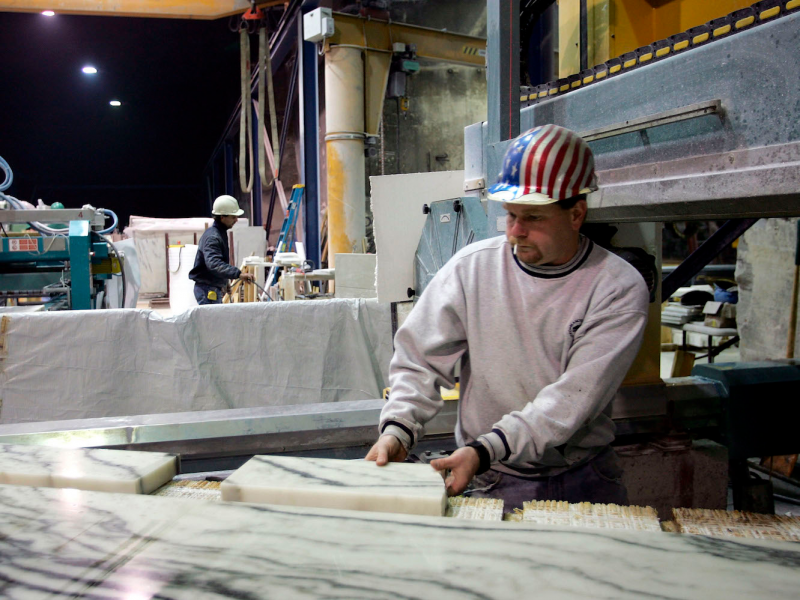
Number employed in 2013: 107,000
Number employed in 2018: 101,000
16. Recyclable material wholesalers had a 6% decline in employment between 2013 and 2018. 81.6% of workers in the industry in 2018 were men.

Number employed in 2013: 114,000
Number employed in 2018: 107,000
15. Barber shops had an 8% decline in employment between 2013 and 2018. 76.2% of workers in the industry in 2018 were men.
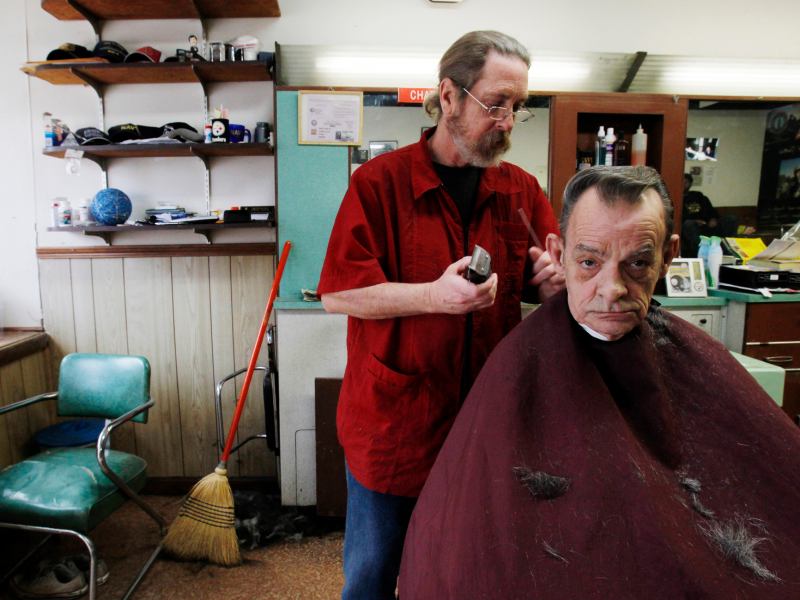
Number employed in 2013: 133,000
Number employed in 2018: 123,000
14. Alcoholic beverages wholesalers had an 8% decline in employment between 2013 and 2018. 82.1% of workers in the industry in 2018 were men.
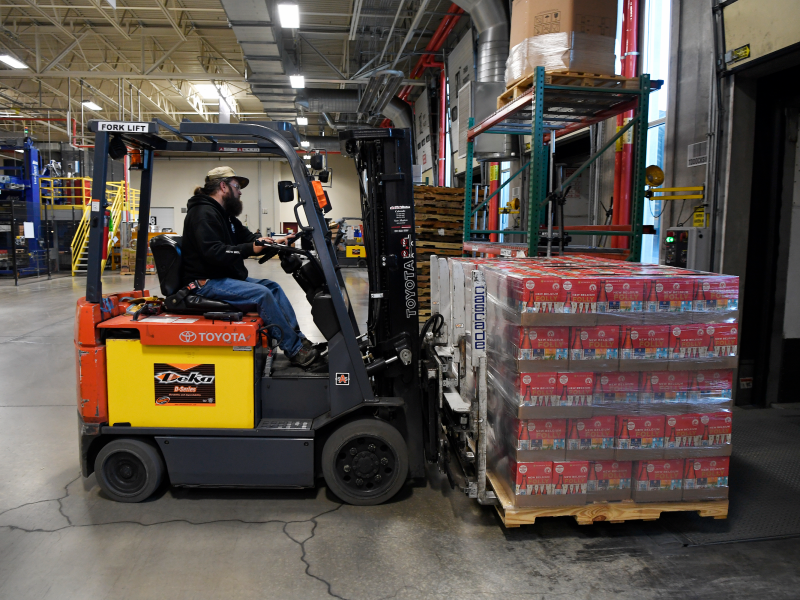
Number employed in 2013: 125,000
Number employed in 2018: 115,000
13. Petroleum refining had an 8% decline in employment between 2013 and 2018. 85.2% of workers in the industry in 2018 were men.

Number employed in 2013: 178,000
Number employed in 2018: 163,000
12. Sewage treatment facilities had a 9% decline in employment between 2013 and 2018. 82.5% of workers in the industry in 2018 were men.

Number employed in 2013: 105,000
Number employed in 2018: 96,000
11. Waste management and remediation services had a 10% decline in employment between 2013 and 2018. 83.9% of workers in the industry in 2018 were men.

Number employed in 2013: 535,000
Number employed in 2018: 480,000
10. Iron and steel mills and steel product manufacturing had an 11% decline in employment between 2013 and 2018. 88.2% of workers in the industry in 2018 were men.

Number employed in 2013: 301,000
Number employed in 2018: 268,000
9. Rail transportation had a 14% decline in employment between 2013 and 2018. 92.8% of workers in the industry in 2018 were men.
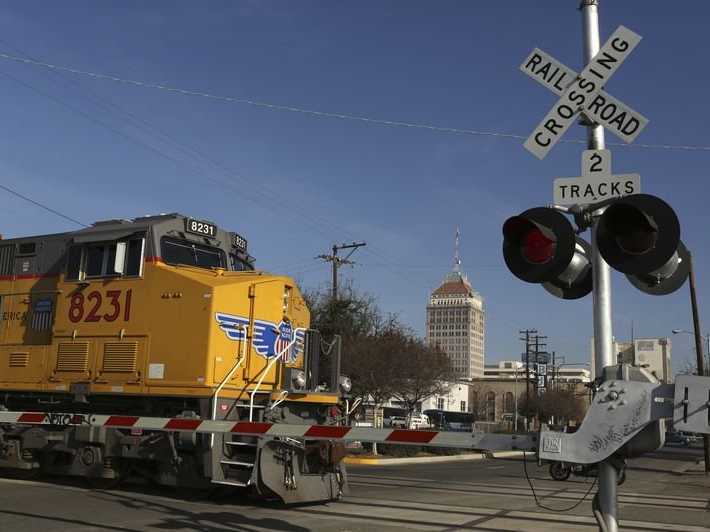
Number employed in 2013: 261,000
Number employed in 2018: 224,000
8. Metalworking machinery manufacturing had a 19% decline in employment between 2013 and 2018. 85.3% of workers in the industry in 2018 were men.
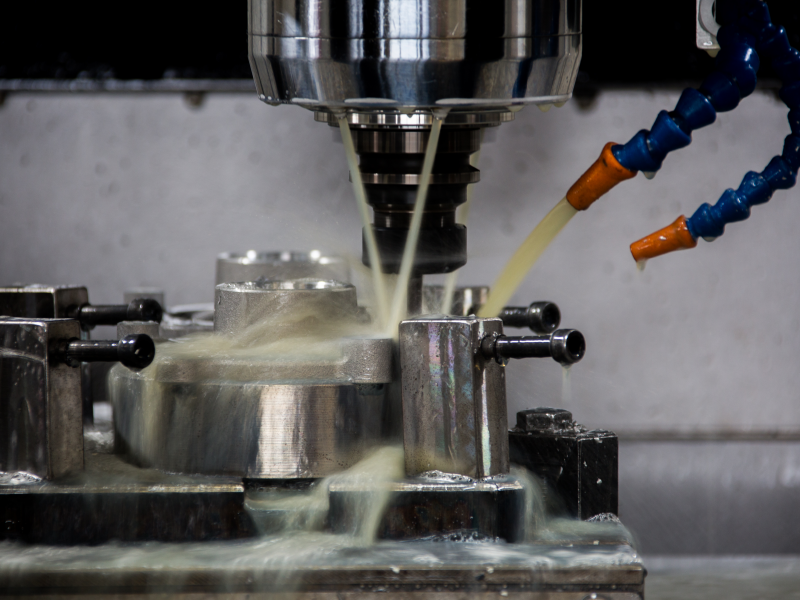
Number employed in 2013: 159,000
Number employed in 2018: 128,000
7. Miscellaneous paper and pulp products had a 20% decline in employment between 2013 and 2018. 80.4% of workers in the industry in 2018 were men.

Number employed in 2013: 89,000
Number employed in 2018: 71,000
The miscellaneous paper and pulp products industry manufactures goods from paper, aside from paper for printing and writing and cardboard boxes.
6. Coal mining had a 25% decline in employment between 2013 and 2018. 93.8% of workers in the industry in 2018 were men.
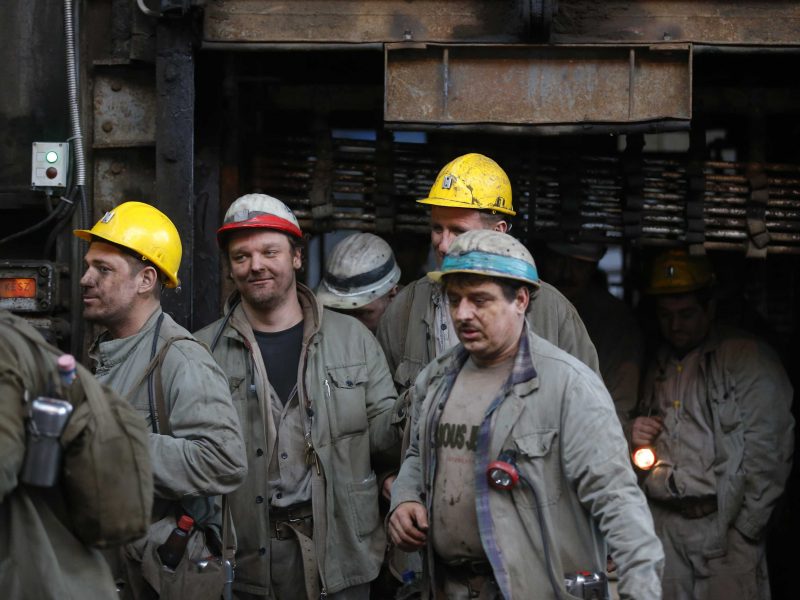
Number employed in 2013: 85,000
Number employed in 2018: 64,000
5. Mining support activities had a 28% decline in employment between 2013 and 2018. 85.2% of workers in the industry in 2018 were men.

Number employed in 2013: 700,000
Number employed in 2018: 504,000
According to the Bureau of Labor Statistics' summary from the North American Industry Classification System, the mining support activities industry entails "providing support services, on a contract or fee basis, required for the mining and quarrying of minerals and for the extraction of oil and gas," including prospecting and initial mineral exploration.
4. Electronic and precision equipment repair and maintenance had a 32% decline in employment between 2013 and 2018. 78.4% of workers in the industry in 2018 were men.

Number employed in 2013: 157,000
Number employed in 2018: 107,000
3. Oil and gas extraction had a 32% decline in employment between 2013 and 2018. 80.9% of workers in the industry in 2018 were men.

Number employed in 2013: 115,000
Number employed in 2018: 78,000
2. Tire manufacturing had a 35% decline in employment between 2013 and 2018. 84.8% of workers in the industry in 2018 were men.

Number employed in 2013: 95,000
Number employed in 2018: 62,000
1. Aerospace product and parts manufacturing had an 88% decline in employment between 2013 and 2018. 78.7% of workers in the industry in 2018 were men.

Number employed in 2013: 430,000
Number employed in 2018: 51,000
While the aerospace product and parts manufacturing industry saw a sharp decline in employment between 2013 and 2018, the related aircraft and parts manufacturing industry saw a large increase over that period.

